Hip Labral Tear Treatment
A non-invasive, naturally regenerative hip labral tear treatment without surgery.
We have 60 Years of Combined Experience & Over 30,000 Procedures Performed
What Causes Hip Labral Tear?
A hip labral tear is a common sports-related condition. The primary causes of this condition include sudden injury or trauma to the hips that dislocate the joint, innate hip structural problems, the development of an extra hip bone called femoroacetabular impingement (FAI), or repetitive twisting and pivoting of the hips.
Symptoms
You may not feel any symptoms of hip labral tears at all. However, some people feel sudden pain in their hip or groin that worsens with long periods of sitting, standing, and walking. You may also feel a locking or clicking sensation or stiffness and limited motion in the hip joint.
Get a non-invasive treatment
If your symptoms don’t improve within six weeks, you should seek medical attention as early as possible. The first-hand hip labral tear treatment includes pain medications, nonsteroidal anti-inflammatory drugs, physical therapy, and modified activities. The last resort is surgery, primarily arthroscopy. You can also treat your hip labral tears via a non-invasive treatment with minimal side effects.
Stem Cell Therapy Explained
Due to their natural ability to transform into any other type of cell, stem cells can be taken not only from your own body, but from a different person (likely, the umbilical cord), and transplanted into your problem area. The cells will adapt and take on a different “form” as if they were there since the beginning.
Stem cells can be concentrated and activated. While many types of stem cells are a good starting point for practical use, it is the concentration and activation of the cells that has truly made it an effective therapy. Certified practitioners are able to tweak these cells to address exactly the problem you are facing.
How Does It Work?
- Stem Cell Extraction
- Concentration and Activation
- Stem Cells Transplanted to Problem Area
- The Cells Reduce Pain

PRP Therapy Explained
Platelet Rich Plasma is astoundingly simple in concept; your doctor or medical technician inject a laboratory made concentration that is created from your own blood. That is right, your own blood. Essentially, PRP is a specialized healing plasma.
The benefits of Platelet Rich Plasma will have you feeling completely revitalized, as it is your own natural plasma, which has had the most platelet-dense part of your blood, added back into it. The result is a highly-charged infusion of plasma with a particularly high content of platelets.
How Does It Work?
- Take a Blood Sample
- Separate Blood into Various Components
- Removes Platelets and Stem Cells
- Platelets Injected into Injured Area
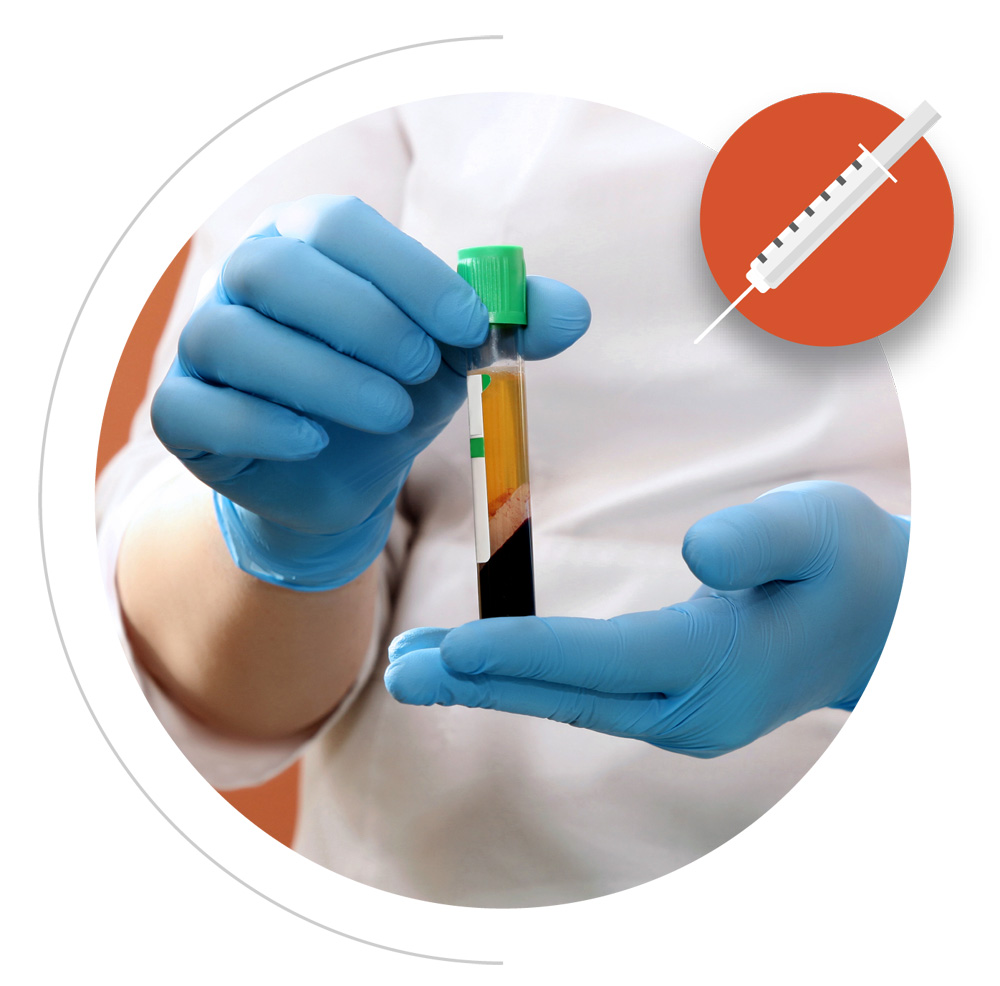
Doctor Examination + Tests
Your healthcare provider will inquire about your medical history of the pain and discomfort and perform a physical exam. It will include moving your leg and hip bones in multiple directions to evaluate the hip’s range of motion and pain. They may also perform X-rays and MRA to visualize your hip joint and check for the root cause of the tears.
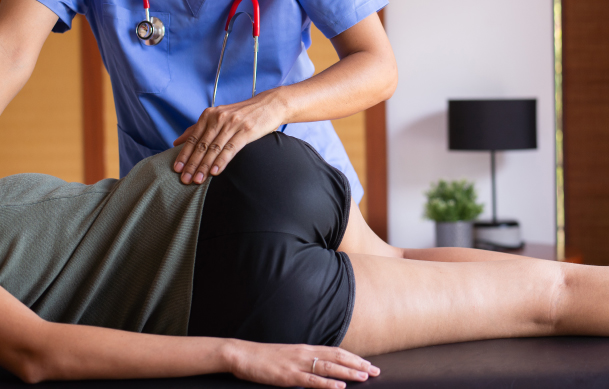

Preparing for your appointment
You should visit a doctor specializing in sports medicine or hip disorders for your hip labral tear treatment. Be prepared to answer questions related to your tear, including a detailed description of your symptoms, any other underlying medical issues, medications you take, and the intensity of pain. You can also ask questions from the doctor related to your condition.
Rehabilitation
Recovery from a hip labral tear can take up to four to six weeks, depending on the intensity of your injury. Many athletes return to performing their daily activities after 2 to 6 months of rehabilitation.

Patient Success Stories
Stem Cell Therapy for Lower back, Hip, and both knees
“I am pain-free. I could resume activities that I wasn’t
able to do for a while and I never dreamed I could get to that level
again.” – Julie Ingleston
Bob’s Knee, Hip, and Shoulder Stem Procedure
“My injections were done about 3 years ago and I found no reversal of the improvement, the pain continues to be gone.” – Bob Kendzior
Knee Stem Cell Procedure
“Running 40 miles on my 40th birthday after destroying my knee is a huge blessing for me.” – Brian Plaster
Shoulder PRP Therapy | Former UFC Competitor
“Dr. Otten extended my career for about 4-5 year.” – Evan Dunham
What REAL People Are Saying About Us Online
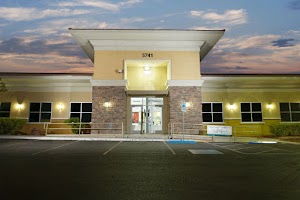
"I am pleased to recommend Ashley Bick, also known as Ashley Bruw, as an exceptional nurse at Cell Therapy Clinic in Las Vegas. I have had the pleasure of working with Ashley and can attest to her dedication, professionalism and excellence in patient care.
Ashley possesses a unique combination of clinical and communication skills that make her a valuable asset to any healthcare team. Her ability to provide personalized and compassionate care to patients is truly impressive.
"I feel fortunate to have worked with Ashley and recommend her without reservation as a high-quality nurse and a valuable asset to any healthcare organization."
Outstanding customer service. Pleasant presentation of all the surgical process and a lovely person.
After my exam, Tracie Cellaxys Patient Coordinator walked me through the scheduling , followup and payment process.
Well, for the first time in my life, I had a major joint injury: a grade 2 sprain of my anterior talofibular (ankle ligament)
Let me tell you, I cannot believe the results to this day, I did PRP with HGH into the most injured part of my ankle, 4 total injection sites, and within that 48 hours of hopping around I became pain-free and stable on my ankle, no issues since
Dr Justin d Andrea supper nice and explained everything to my cuestions thank you so much
Great customer service! The Doctors and nurses are super attentive to your needs! They take time to make sure you understand the process and everything that will take place!! So excited for the full results. I have already felt great relief in my knees! I am able to sleep pain free!!
Thank you!!!
But in the end, the disc degeneration, disc bulges, and facet arthritis are still there and need extra treatment. I finally decided to proceed with PRP injected into my lumbar spine and I can't even describe how happy I am with the results!! I did not have any sedation during the procedure, had about 10-15 minutes of "pressure" in my low back after the procedure, and maybe a little bit of discomfort that evening. But I have not had any back back since the morning after and am absolutely amazed at how much my activities and quality of life improved!!
I respect Dr Mohajer, Dr Bady, and Dr Justin very much and am very appreciative of their knowledge and skills. Chastity, the front desk lady, is always so pleasant and helpful. Ashley, the MA, is also very skilled and always very pleasant. I will definitely be continuing care with Cell Axys!
Positive that by the end, i won't need surgery!
Steve
Every step of the way he explained what was going on. I've had zero issues all the way through to the end. And now a year or more after I'm still doing well. It was well worth the money. The entire team is professional.
Meet the CELLAXYS Medical Staff
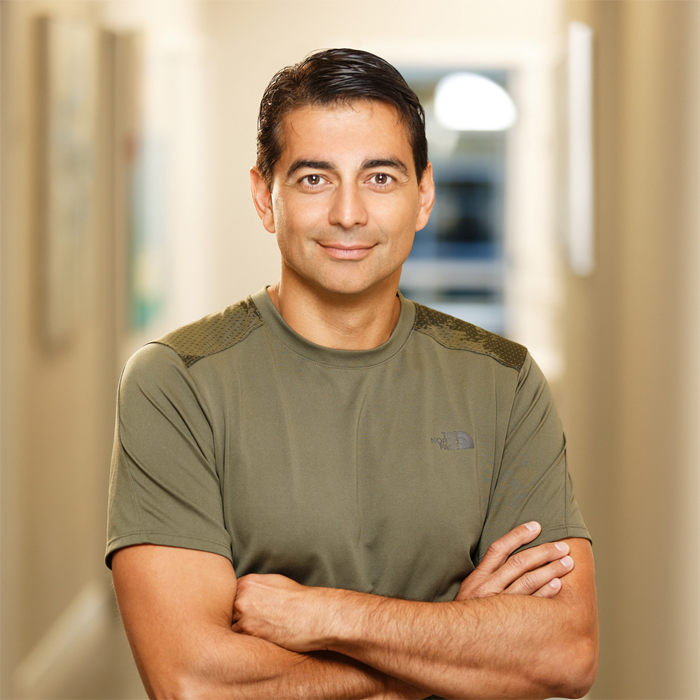
Dr. Pouya Mohajer
- Director of Regenerative Interventional Spine Medicine
- Board certification in Anesthesiology and Interventional Pain Medicine
- Fellowship-trained from Harvard University
- UCLA Alumni

Dr. Pejman Bady
- Medical Director
- Head of Emergency Medical Services
- Medical degree from Western University of Health Sciences
- USC Marshall School of Business
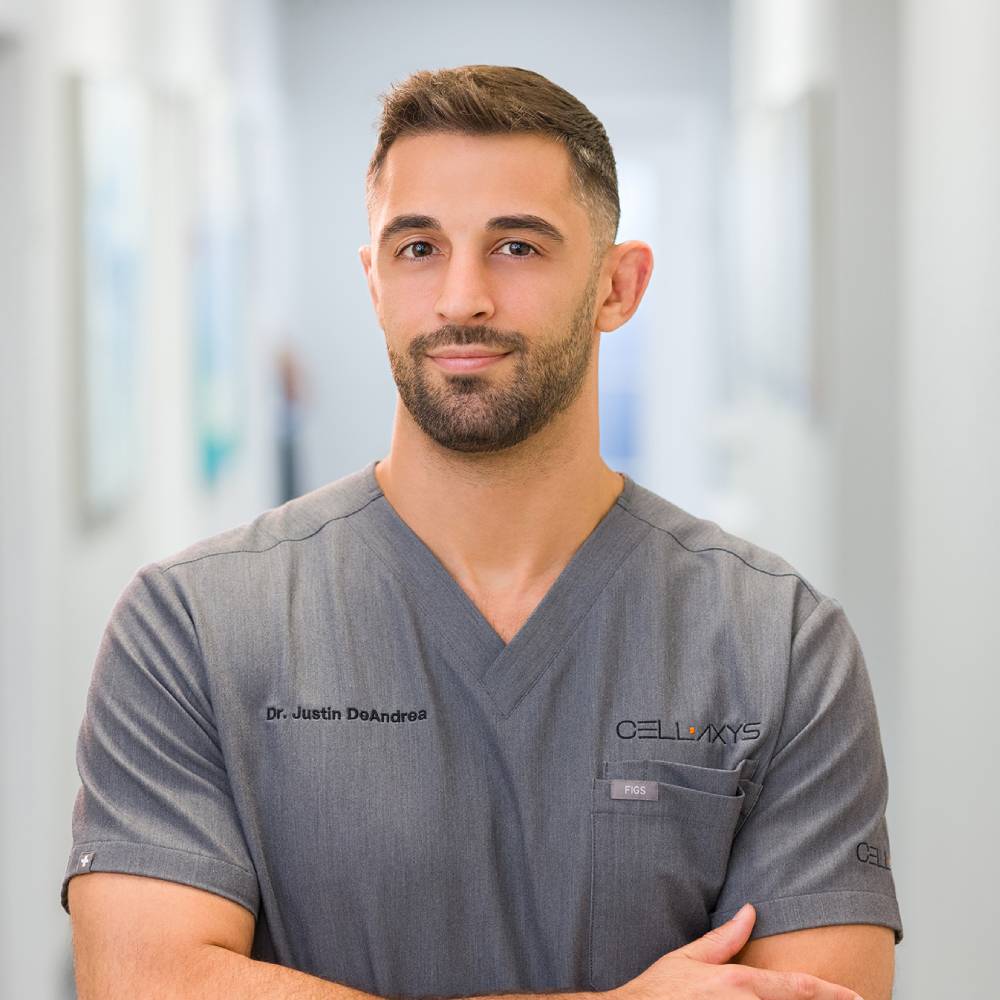
Dr. Justin DeAndrea
- Physical Medicine and Rehab trained specialist
- Medical degree from Howard University College of Medicine




